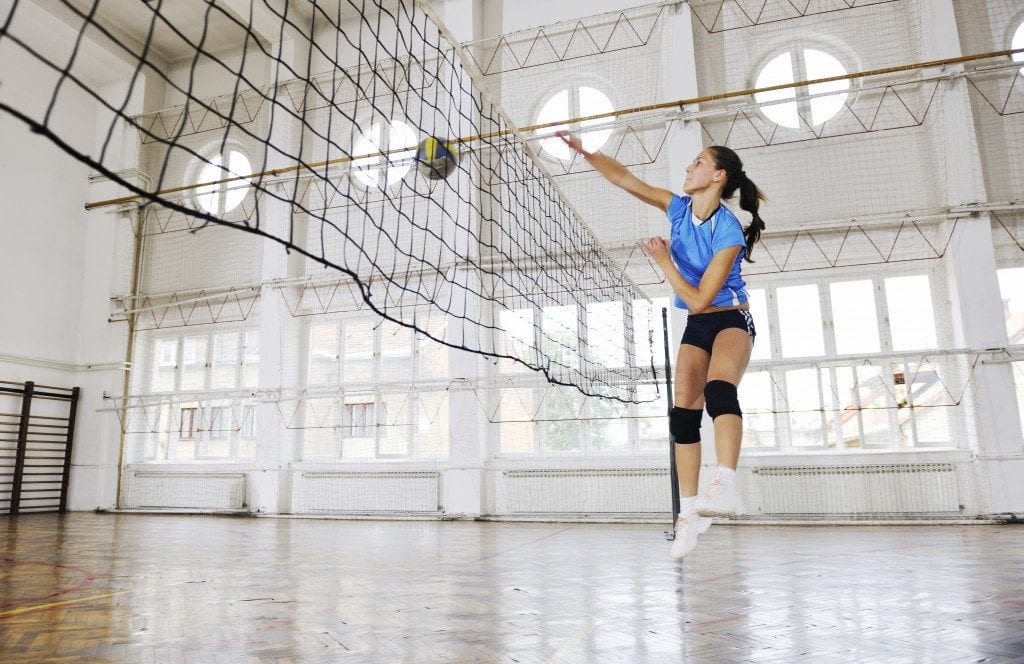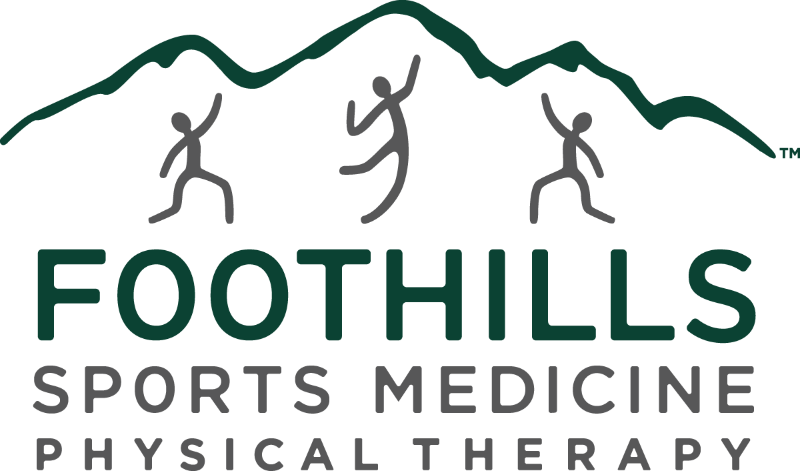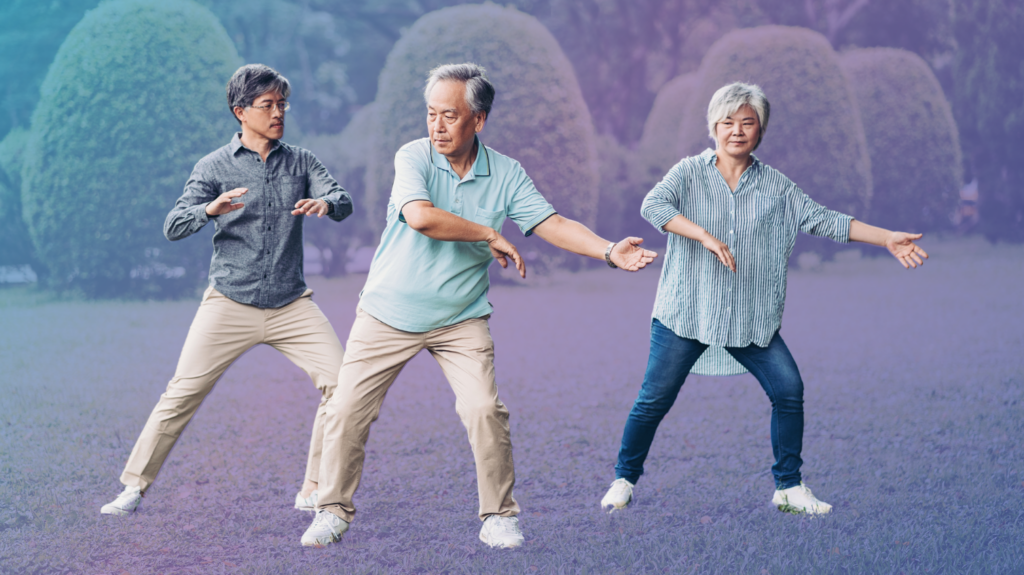Foothills Sports Medicine is a group of locally-owned Phoenix physical therapy clinics that provide healthcare services to people of all ages across the valley. We believe a hands-on, individualized approach to therapy is the best way to achieve results for our patients. If you think you are in need of physical therapy, schedule a free assessment with one of our PTs online here. For more information about Phoenix physical therapy, follow our blog.
Itamar Stern, the owner of our North Central Phoenix physical therapy clinic, has over 25 years of clinical experience treating many different patients, including young athletes. He is here today to explain what causes knee injuries in female volleyball players, and how to prevent them from occurring.
Injury in any sport can be debilitating, but knee injuries in volleyball can be especially frustrating due to the constant use of the knees during movement in the sport. Common knee injuries seen in female volleyball players include patellar tendinitis and patellar tendinopathy, also known as “Jumper’s Knee”. Patellar tendinitis is caused by inflammation of the patellar tendon (the piece of tissue that attaches your kneecap to your shin bone) due to repetitive loading or pressure on the tendon. Patellar tendinopathy is similar to patellar tendinitis, but it involves tissue degeneration (rather than inflammation) and is believed to be caused by tension created during knee flexion, or bending. However, the exact cause of Jumper’s Knee has not been clearly proven. ACL tears are another injury sometimes seen in volleyball players. While this injury can be catastrophic, the occurrence rate is low in this sport.
Numerous factors play a role in developing these overuse injuries. One important aspect is the athlete’s training volume or intensity. An overload of jumping or a quick increase in jump training can trigger injury, because the tendon has not adapted to intensified training yet. Other contributing factors include muscle weakness of the gluteus maximus and gluteus medius and decreased hamstring and hip flexor flexibility. Without adequate strength in the glute muscles, the quadriceps have to compensate during jumping and landing – adding more strain on the patellar tendon. A lack of flexibility in the hip flexors also places more tension on the quads, which increases pull on the patellar tendon and causes irritation or degeneration. Research has not confirmed the exact cause of ACL tears in volleyball players, but many strongly believe it is linked to poor landing mechanics due to lack of strength.
Following certain preventative strategies can decrease a female volleyball player’s chances of developing these knee injuries. One important tactic is to take advantage of rest periods. Although this concept can seem foreign to athletes, rest is important in avoiding overtraining, the largest contributor to overuse injuries.
Another strategy is significantly reducing plyometric training during the season to decrease the amount of overload on the knees that occurs in practices and games. Plyometric training should be included in preseason workouts to help build the strength of the leg muscles and increase the capacity of the patellar tendon. Proper plyometric and strength training should also focus on using the entire lower body, especially including the glutes. Stronger glutes will reduce stress on the quadriceps during the loading and landing phases of jumps.
You should also continue to regularly integrate glute strengthening exercises during the season. Some examples include side stepping with an elastic band, bridging, and side line hip abduction with minimal ankle weight. Another element of injury prevention is stretching the hip flexor and hamstring muscles. Players can do this by performing the Thomas Stretch, prone hip flexor stretch, and straight leg hamstring stretch. These exercises will help maintain the proper length-tension relationship.
Being sidelined during the season due to an injury can be disheartening. When athletes take the right precautions like enjoying rest, maintaining glute strength, and increasing hip flexor and hamstring flexibility, they decrease their chance of missing playing time.
References
Bahr, M. A., & Bahr, R. (2014). Jump frequency may contribute to risk of jumper’s knee: a study of interindividual and sex differences in a total of 11,943 jumps video recorded during training and matches in young elite volleyball players. British Journal Of Sports Medicine, 48(17), 1322-1326. doi:10.1136/bjsports-2014-093593
Kulig, K., Noceti-DeWit, L. M., Reischl, S. F., & Landel, R. F. (2015). Physical therapists’ role in prevention and management of patellar tendinopathy injuries in youth, collegiate, and middle-aged indoor volleyball athletes. Brazilian Journal Of Physical Therapy / Revista Brasileira De Fisioterapia, 19(5), 410-420.
Reeser, J. C., Verhagen, E., Briner, W. W., Askeland, T. I., & Bahr, R. (2006). Strategies for the prevention of volleyball related injuries. British Journal Of Sports Medicine, 40(7), 594-600.
Smith, H. C., Johnson, R. J., Shultz, S. J., Tourville, T., Holterman, L. A., Slauterbeck, J., … & Beynnon, B. D. (2012). A prospective evaluation of the Landing Error Scoring System (LESS) as a screening tool for anterior cruciate ligament injury risk. The American journal of sports medicine, 40(3), 521-526.
How To Prevent Knee Injuries in Volleyball Players




